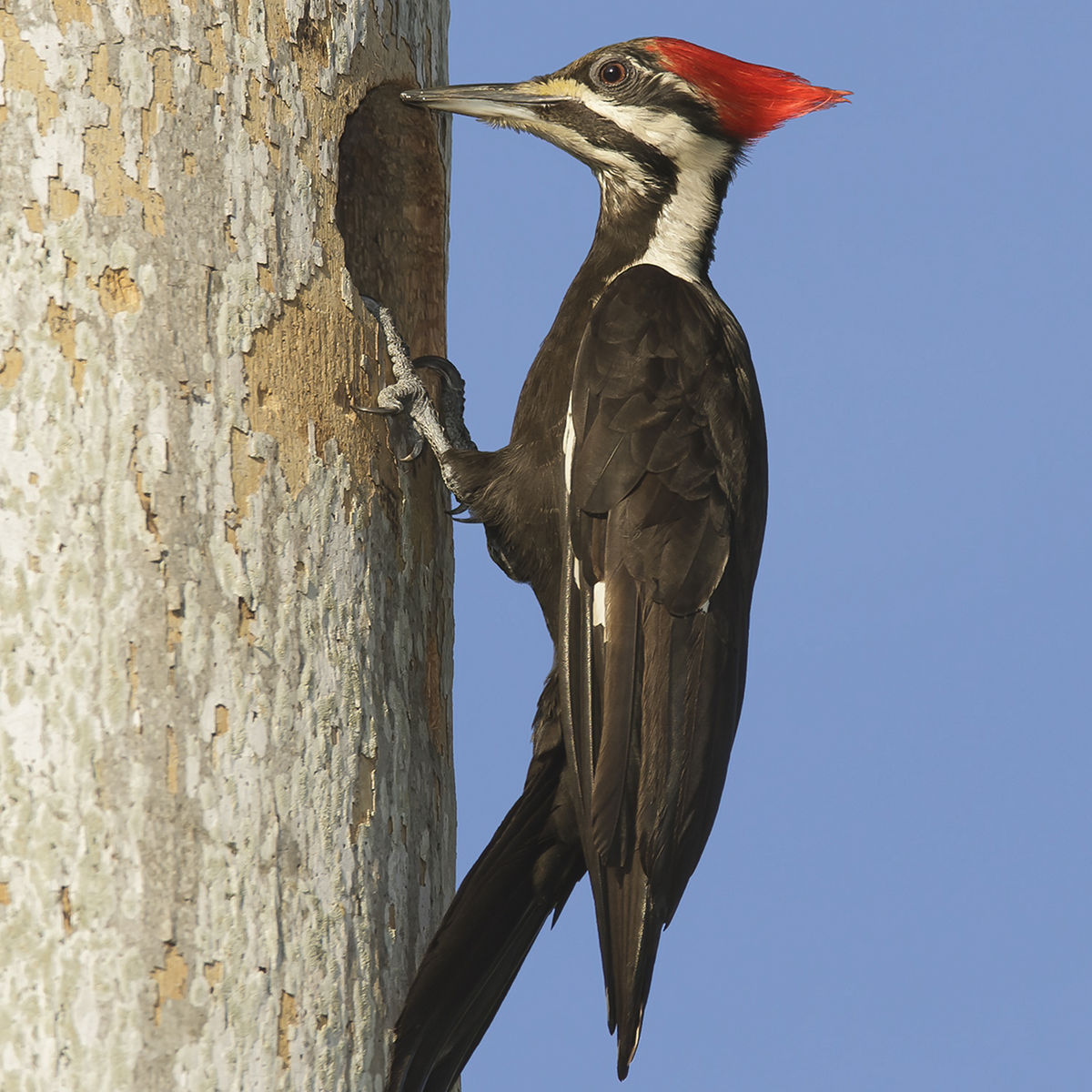Comprehending Woodpeckers in Florida: Behavior, Types, and Habitats
Comprehending Woodpeckers in Florida: Behavior, Types, and Habitats
Blog Article
Discover the Interesting Globe of Woodpeckers: Everything You Need to Know
The world of woodpeckers is a world filled up with one-of-a-kind habits, detailed adaptations, and a diverse array of varieties. From their habitats and circulation patterns to their feeding habits and specialized physiological attributes, woodpeckers have long astounded the rate of interest of ornithologists and nature fanatics alike.
Woodpecker Habitats and Circulation
In North America, for example, woodpeckers can be found in both coniferous and deciduous forests, utilizing their solid beaks to forage for pests and develop nesting tooth cavities in trees. In Africa, particular woodpecker species have actually adjusted to arid environments, such as the acacia timberlands, where they play a critical function in managing insect populations.

Feeding Behaviors and Diet
Woodpeckers use their strong beaks to pierce right into the bark of trees, probing for bugs and larvae hidden under the surface area. In enhancement to insects, woodpeckers likewise eat nuts, seeds, fruits, and sap.
Woodpeckers are understood for their drumming habits, which serves not only to interact with other woodpeckers but additionally to locate food. The rapid drumming noise is created by the bird pecking on resonant surfaces like dead trees or metal poles. This habits can attract pests concealed in the wood, allowing the woodpecker to spot their visibility and feed on them.
One-of-a-kind Adaptations for Tree Climbing
In their adept quest of bugs concealed within tree bark, woodpeckers have developed exceptional physiological attributes that equip them with unique adaptations for effective tree climbing. Woodpeckers have solid neck muscular tissues and an unique skull structure that absorb the impact of constant pecking, allowing them to climb vertically without causing damage to their brains. These adaptations showcase the amazing evolutionary style that enables woodpeckers to navigate trees with precision and performance.
Diverse Woodpecker Variety Worldwide
With over 200 different types spread throughout various habitats worldwide, the household of Picidae encompasses an exceptional variety of woodpeckers. These birds can be located in woodlands, forests, savannas, and even urban areas, showcasing their flexibility to various settings. From the legendary Northern Flicker in The United States And Canada to the vivid and elusive Crimson-backed Flameback in Asia, each woodpecker species exhibits one-of-a-kind features in regards to quill, habits, and habitat choice.
Woodpeckers vary significantly in size, with the petite Downy Woodpecker determining around 6-7 inches in length, while the powerful Lineated Woodpecker can rise to 17 inches - Woodpeckers in Florida. Their beaks likewise are available in different sizes and shapes, reflecting their feeding behaviors. Some species specialize in extracting insects from tree bark, like the Acorn Woodpecker, while others, such as the Black-cheeked Woodpecker, eat fruits and seeds

Preservation Initiatives and Difficulties
Conservation initiatives for woodpecker populaces are vital in minimizing the impact of like it habitat loss and various other risks encountering these diverse bird types. Woodpeckers face different difficulties to their survival, largely as a result of deforestation, urbanization, climate change, and invasive types. To deal with these problems, preservation initiatives concentrate on protecting and restoring woodpecker habitats, implementing sustainable forestry practices, and raising awareness concerning the value of these birds in ecological communities.
One significant challenge in woodpecker preservation is the fragmentation of their environments, bring about separated populaces websites that are more vulnerable to termination - Woodpeckers in Florida. Preservationists function to produce wildlife corridors and protected areas that connect these fragmented environments, permitting woodpeckers to relocate between various locations for feeding, breeding, and sanctuary
)
Final Thought
In final thought, woodpeckers are interesting birds with distinct adaptations for tree climbing and feeding Full Report behaviors. Further research and conservation actions are required to make certain the survival of woodpeckers in the wild.
Report this page